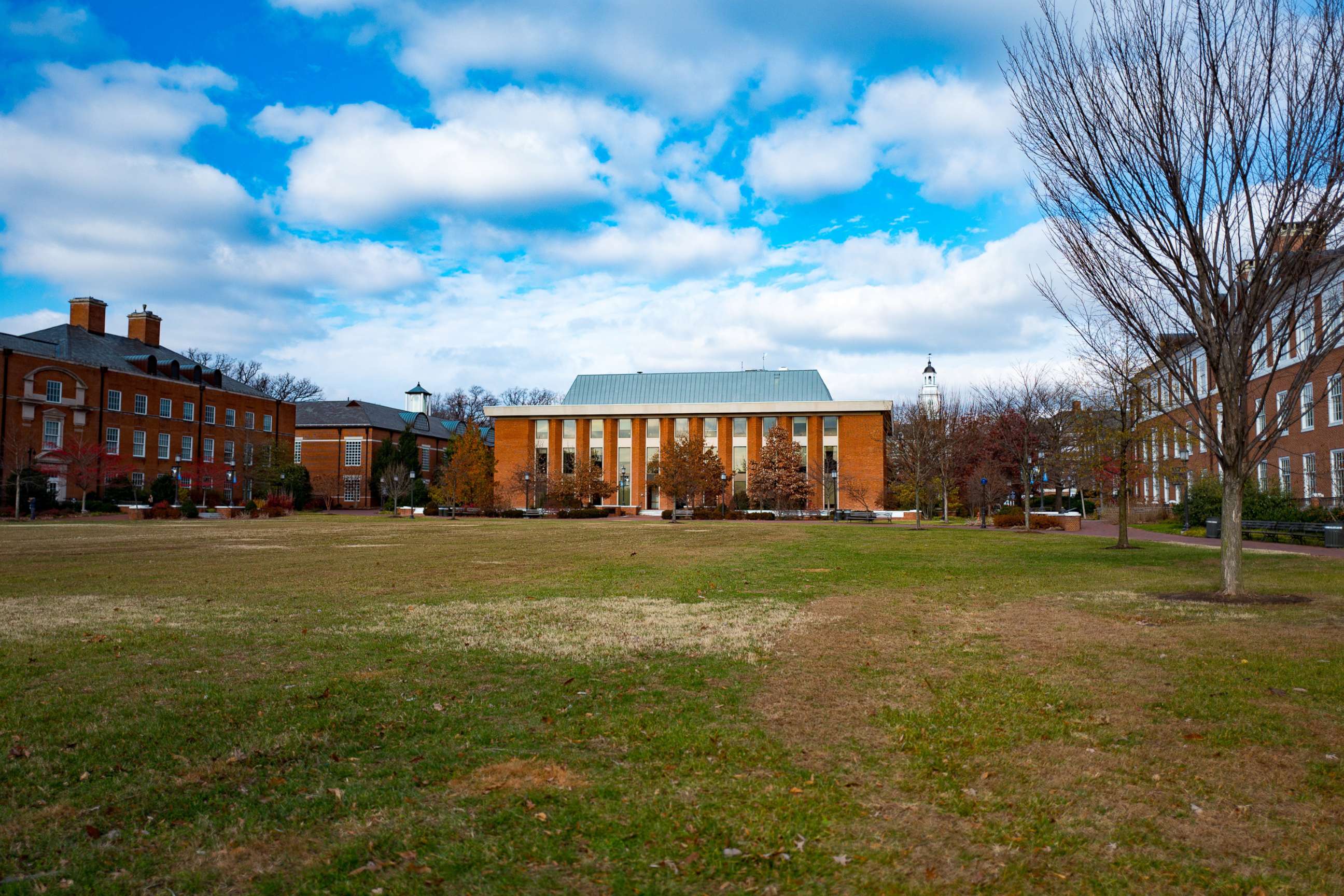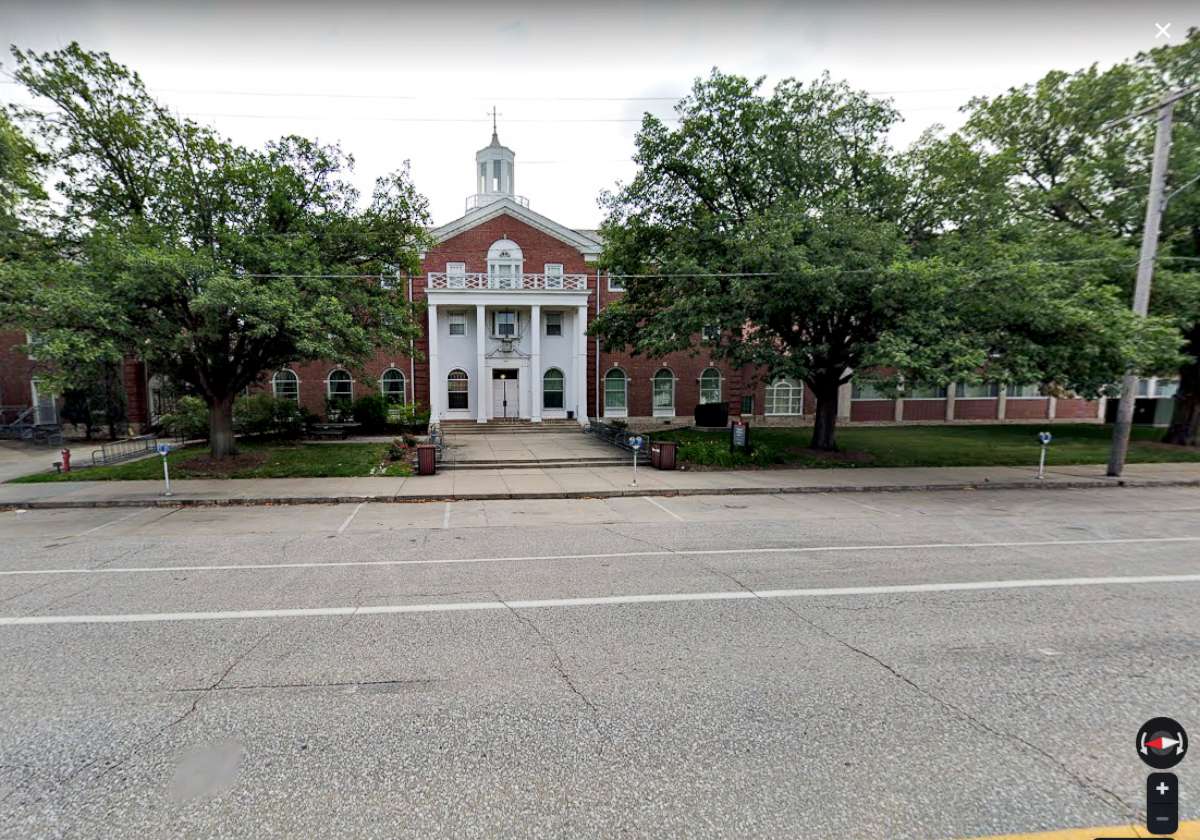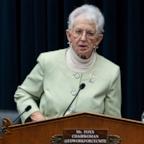States look to closed hospitals and college dorms to meet coronavirus demands
"Alternative care facilities" are popping up across the country.
College dorms, ice hockey rinks, hotels and naval ships are just some of the places that are being looked at by various federal and state agencies across the country to become either temporary hospitals or quarantine facilities for the growing number of novel coronavirus cases.
“Alternative care facilities" are popping up across the country. New York City Harbor will soon be home to the U.S. Navy hospital ship Comfort, which will hopefully ease the burden on the city's health care system that could be overwhelmed as a result of the spread of COVID-19.
Self-isolating on a college campus is no less challenging.
The State University of New York (SUNY) has converted some of its buildings for both SUNY & CUNY (City University of New York) students coming back from countries designated by the travel alerts and warnings, according to SUNY spokesperson Holly Liapis.
At least 58 SUNY students from study abroad programs in Italy, South Korea and Japan are already in quarantine on select campuses, Liapis told ABC News.
Veronica Creed, a sophomore at the Fashion Institute of Technology, has been in quarantine for two weeks at The College At Brockport - SUNY.
"It's frustrating to have nothing happening, not have a normal routine, and frustrating to put those feelings of concern aside, having to ignore that," she told ABC News.

At Johns Hopkins University in Baltimore, Maryland, some students were moved out from their dorms on short notice as the school tried to find quarantine places for COVID-19-affected individuals.
Elly Ren, a second-year student at Johns Hopkins, told ABC News she was moved out of her student apartment after the university emailed her and 18 other residents Wednesday morning that their building could be used to house “members of our community who are in the process of being tested for COVID-19, including several students who may have had exposure." They were told to move out by Friday.
"I kind of understood why Rogers was a good location," Ren said in an interview with ABC News, "but I was also stressed out that I had to move out on such a short notice."
Students in other Johns Hopkins dorms were notified Thursday evening to leave the campus by Sunday.

The University of Nebraska is taking similar measures. It's preparing to use a wing of one of its dorms, Neihardt Hall, as a quarantine facility for students who may have been exposed to the virus.
The university's associate director of housing and facilities operations told Nebraska Today, the school's newspaper, that the decision was based on maintaining the health and safety of its remaining on-campus students, including 450 international students who don't have anywhere else to go.
In Massachusetts, Tufts University is working closely with local communities and medical care providers to offer the school's surplus resources: large unused spaces, which can be used as extra testing sites, Wi-Fi and IT networks, as well as food preparation facilities and staff.
But Tufts president Anthony Monaco told ABC News he is urging schools to go further than isolating their students.
"I believe strongly that we have a civic duty to prepare now to help prevent the spread of COVID-19 and save lives in the future," Monaco said in a statement to ABC News. "We and other institutions of higher education must step up and prepare to help relieve the pressures on our healthcare system as this virus continues to spread."
Related Stories
And while some universities have not yet offered up their facilities, they are prepared to do so. Middlebury College in Vermont "is considering a number of options as a contingency and has offered Porter Medical Center, a member of the University of Vermont Network, the use of some of our buildings," a Middlebury spokesperson told ABC News. The school has even drained its ice hockey rink to make space, should it be needed.
Oregon State University -- which will be moved to online classes as part of Gov. Kate Brown's executive order late last night ordering all higher education facilities in the state online -- is prepared to pitch in if needed as well.
"If there is a need for OSU to support our community's local health care needs, and we have the vacancies that can be transitioned appropriately for care purposes, we will assist," an OSU spokesperson told ABC News in a statement.
In some states, rather than looking at colleges, the mission so far is to look at vacant facilities that could be used to treat patients, such as hospitals that have been previously closed. New Jersey Gov. Phil Murphy has also said that the state is actively looking into turning college dorms into quarantine centers and that it is "on the list of projects we want to talk to the Army Corps about."
Inspira Medical Center Woodbury in New Jersey, which was closed last year, is re-opening its doors to accommodate the surge of medical needs in the state amid the pandemic. It is just one of many closed or unused hospitals New Jersey is seeking to re-open.
New Jersey Health Commissioner Judy Persichilli said Wednesday that the reopening of the South Jersey facility is expected to add 300 beds.
The National Nurses Union on Monday recommended states "re-open all hospitals closed in the past five years (more than 120 since 2015)" and "bar the closure of any additional hospitals."
Persichilli also announced on Wednesday that 260 additional beds are being prepared for immediate use by opening up unused wings of hospitals and 227 more beds are expected to be prepared in the next three to four weeks.
But it remains to be seen how quickly the state can get these beds ready for patients. Persichilli said the state health department has looked into hospitals that have been closed in the last 10 years and most of them were not able to be brought back online.
In Ohio, health officials say empty nursing homes wings and entire hotel floors are among the sites being looked at as possible make-shift health care facilities should hospitals reach their surge capacity, Ohio Health Association President Mike Abrams told ABC News.
There are some nursing home locations, Abrams said, in which they can “fully free up an entire building to be used as an alternate site” in a way that would have “very little impact to current residents.”
The Buckeye State had also identified closed hospitals in at least two regions that were shuttered due to economic reasons but could be reopened, Adams said.
The plans for Ohio do not involve placing COVID-19 patients in these alternate care sites, but rather to free up space for them in the main hospitals by moving other patients out.
Ohio hospitals are approximately 75% at capacity -- which is normal for this time of year, Abrams said -- so all discussions are still in the planning phase. But Abrams said he would be “surprised” if at least some hospitals didn’t reach their maximum capacity and require overflow space.
And officials are keeping track: hospitals update their current capacity twice a day and track their overflow options in part through SURGENET, an online central database that catalogues alternative sites and just how many beds that site would provide.
When the time does come, Abrams said these alternative care sites are going to be the “key part” of providing patients care.
ABC's Sophie Tatum and Katherine Faulders contributed to this report.




